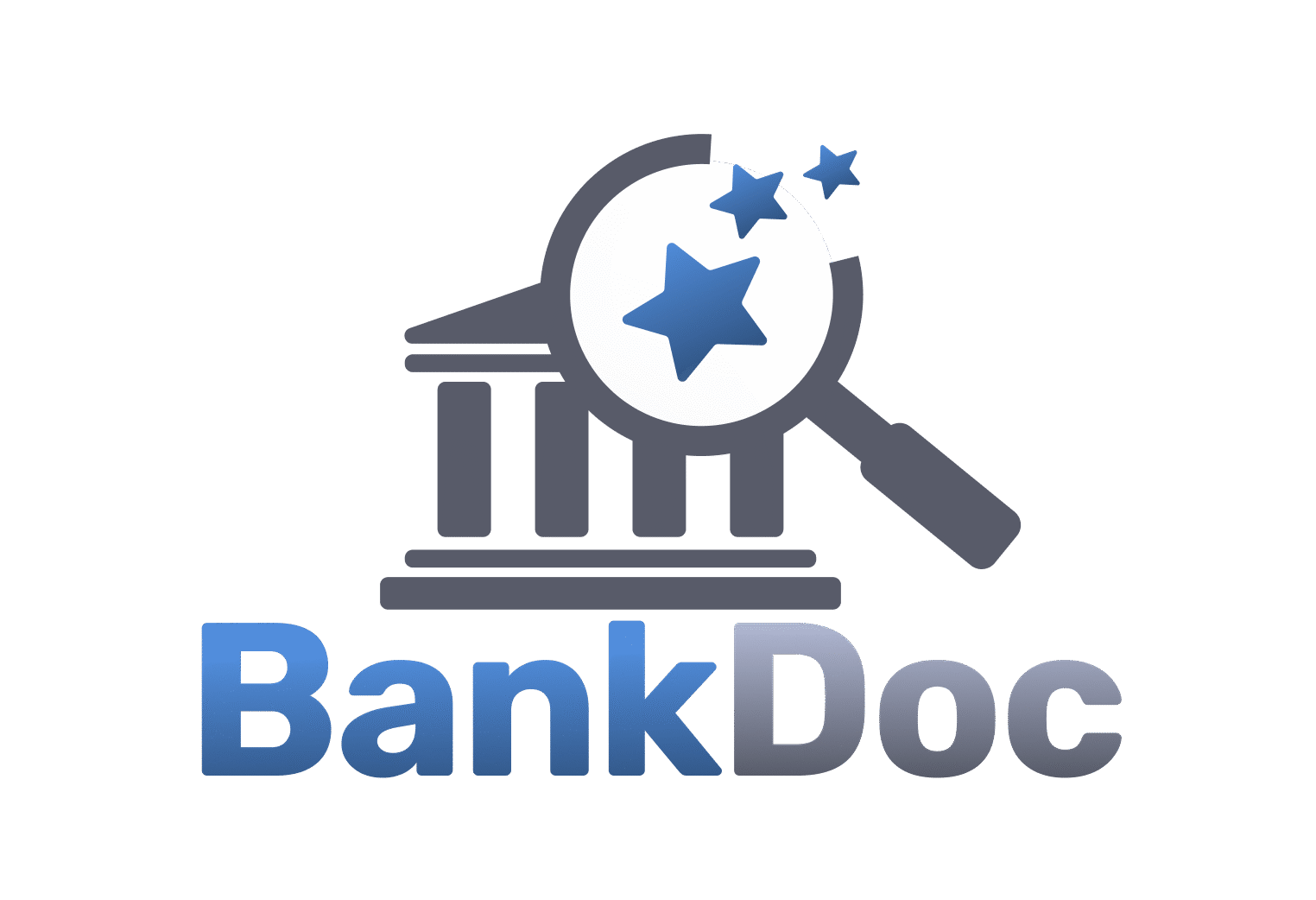If you’re planning to travel, invest abroad, or make international payments, getting the best currency exchange rates can save you significant money. Whether you’re converting euros to dollars, pounds to yen, or using a digital wallet, exchange rate fluctuations can quietly eat away at your finances if you’re not careful.
In this guide, we break down smart strategies to maximize your foreign exchange value—especially for European consumers. From comparing providers to timing your transactions, these tips will help you lock in the best possible deals.
1. Understand How Currency Exchange Rates Work
Before diving into savings tips, it’s crucial to know how foreign exchange (forex) rates are set. The rates fluctuate constantly based on global supply and demand, central bank policies, inflation, political stability, and economic performance. There are two primary rates to know:
- Mid-market rate: Also called the interbank rate, this is the true “wholesale” exchange rate between currencies.
- Retail rate: What you get from a bank, airport kiosk, or app—usually with a markup.
Your goal? Get as close to the mid-market rate as possible.
2. Avoid Currency Exchange at Airports
Currency kiosks at airports charge high fees and offer poor exchange rates. They take advantage of urgency and lack of alternatives. Unless it’s an emergency, never exchange money at an airport.
Pro Tip:
Use local ATMs in your destination country instead. Even with ATM fees, you often get a better exchange rate than airport services.
3. Compare Currency Exchange Services
Always compare currency exchange providers before making a transaction. These include:
- Traditional banks: Convenient, but often charge higher fees and poor exchange rates.
- Online money transfer services (like Wise, Revolut, or CurrencyFair): Offer near mid-market rates with transparent fees.
- Currency exchange offices: Can offer competitive rates in tourist areas but watch for hidden commissions.
Tools to Use:
- XE.com
- Google Currency Converter
- Wise Rate Comparison Tool
4. Watch the Market and Time Your Exchange
Exchange rates fluctuate daily—and sometimes hourly. Watching trends over time can help you identify favorable windows to exchange.
Tip:
Use a currency alert tool to be notified when your target rate is available. Apps like Wise or Revolut allow you to set alerts and even lock in rates for a short time.
5. Use Multi-Currency Accounts
Modern multi-currency accounts (offered by fintech companies and some European banks) allow you to hold, convert, and spend in various currencies.
Benefits:
- Lock in better exchange rates in advance.
- Avoid conversion charges on foreign purchases.
- Transfer money internationally without excessive fees.
Top options for Europeans include:
- Wise Multi-Currency Account
- Revolut
- N26
- Payoneer
6. Beware of Dynamic Currency Conversion (DCC)
When shopping abroad or withdrawing cash, you may be asked if you want to be charged in your home currency or the local one.
Always choose local currency.
Why? Dynamic Currency Conversion often applies hidden fees and inflated exchange rates, costing you more than if your bank did the conversion.
7. Check for Hidden Fees
Sometimes a good exchange rate is offset by fees like:
- Flat transaction fees
- Percentage-based service charges
- ATM withdrawal charges
- Foreign transaction fees on cards
Read the fine print or ask explicitly before agreeing to any conversion.
8. Use Credit Cards with No Foreign Transaction Fees
Some European credit cards offer 0% foreign transaction fees, making them ideal for international travel and online purchases.
Top no-FX-fee cards in Europe (2025):
- N26 You / N26 Metal
- Revolut Premium / Metal
- Curve Card
- Wise Debit Card
These cards typically offer near mid-market exchange rates as well.
9. Travel with a Small Amount of Cash and Use Digital Payments
Carrying large amounts of converted cash is risky and unnecessary. Instead:
- Convert a small amount for emergencies
- Use contactless payment apps, credit cards, or mobile wallets for the bulk of your expenses
- Enable geo-blocking and alerts to avoid card misuse
10. Understand Country-Specific Exchange Practices
Not all countries operate the same way. Some European destinations may charge tourist fees, impose limits on foreign currency, or prefer cash over cards.
Research before your trip and consider:
- Local exchange laws
- Currency restrictions
- Card acceptance rate
Final Thoughts: Smart Currency Conversion = Real Savings
Whether you’re a digital nomad, frequent traveler, international student, or investor, mastering the art of currency exchange is key to keeping more money in your pocket.
Stick to transparent platforms, compare rates in real-time, avoid unnecessary fees, and leverage tech tools to stay ahead. A little planning can result in significant longrun savings and a smoother financial journey across borders.
FAQ: Getting the Best Currency Exchange Rates
The mid-market exchange rate is the “true” rate at which currencies are exchanged between banks. It’s the midpoint between buy and sell prices in the currency market and is typically the best benchmark for fair exchange rates.
Airport currency kiosks often offer poor exchange rates and charge high fees due to their convenience. You can usually get a better rate using ATMs or online currency services.
Top platforms for competitive currency exchange rates include Wise, Revolut, CurrencyFair, and XE. These services often offer near mid-market rates with transparent fees.
No. Always choose to be charged in the local currency instead of your home currency. Dynamic currency conversion typically uses inflated rates and adds hidden fees.
You can use rate alert tools on apps like Wise or Revolut to monitor and lock in favorable rates in advance. Multi-currency accounts also allow you to convert when rates are low.
Yes, especially if you use a card with no foreign transaction fees. Many fintech cards in Europe, like N26 or Wise, offer great exchange rates and no extra fees for foreign purchases.
Common mistakes include exchanging at airports, choosing dynamic currency conversion, not comparing rates, ignoring hidden fees, and exchanging large amounts in one go without checking market trends.

